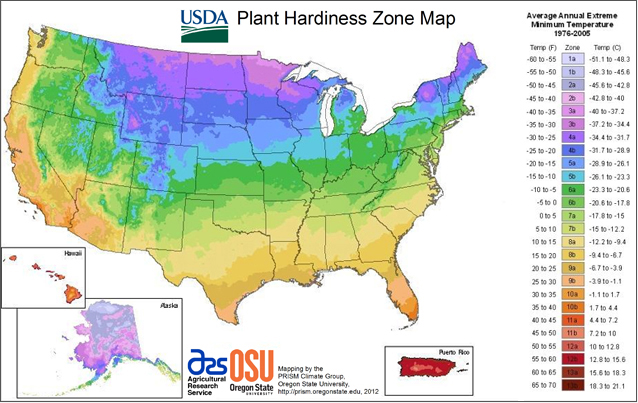Wild Bergamot Seeds - Monarda fistulosa
- Regular price
- $5.99
- Unit price
- per
-
Monarda fistulosa - Non-GMO, Open-Pollinated, Heirloom, Untreated
-
Low-Maintenance Perennial: A beautiful, fragrant perennial that spreads easily and requires minimal care, making it perfect for both new and experienced gardeners.
-
Pollinator Powerhouse: A favorite of native bees, butterflies, and hummingbirds, it's an essential plant for a thriving pollinator garden.
-
Medicinal and Culinary Uses: Its leaves and flowers can be used to make a soothing herbal tea, and it has traditional uses for its antiseptic and anti-inflammatory properties.
-
Deer and Rabbit Resistant: The strong scent of the plant naturally deters garden pests, so you can enjoy its beauty without worry.
-
Drought Tolerant: Once established, this plant is remarkably resilient to dry conditions, requiring less water than many other perennials.
-
Adds Vibrancy to Landscapes: With its striking, lavender-pink flowers that bloom from mid-summer to fall, it adds a stunning vertical element and a pop of color to any garden or meadow.
-
Naturalizes Easily: It's a great choice for naturalistic planting, meadows, and native plant gardens where it can spread freely and create a beautiful, established look.
USDA Hardiness Zones
USDA Hardiness Zones

Planting Tips
Planting Tips




